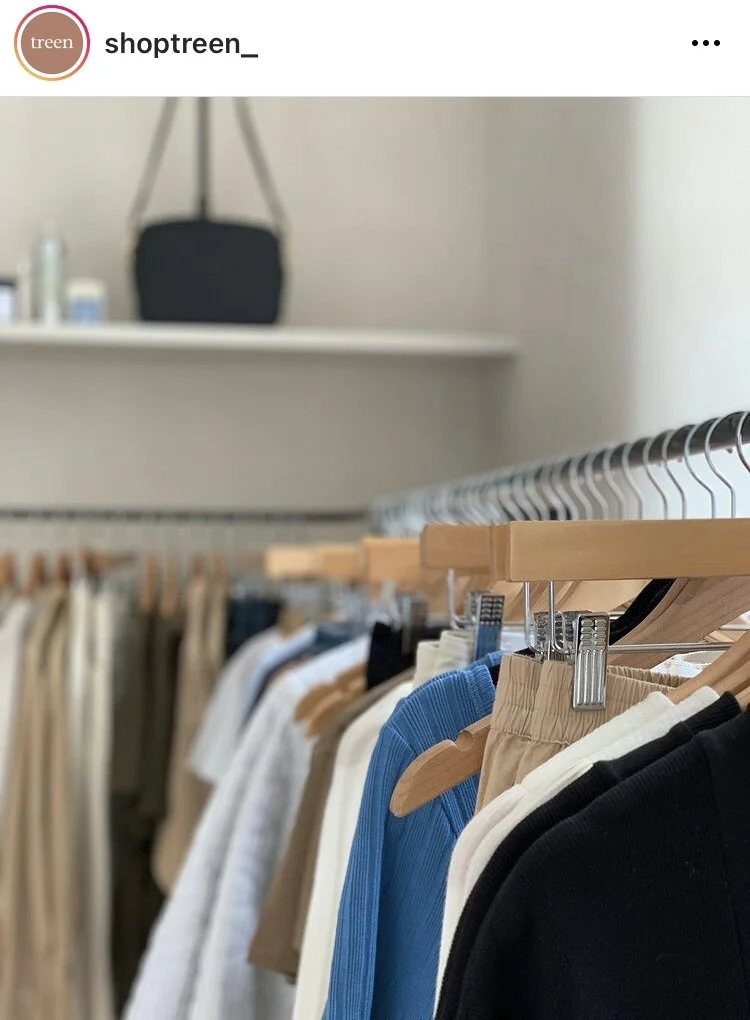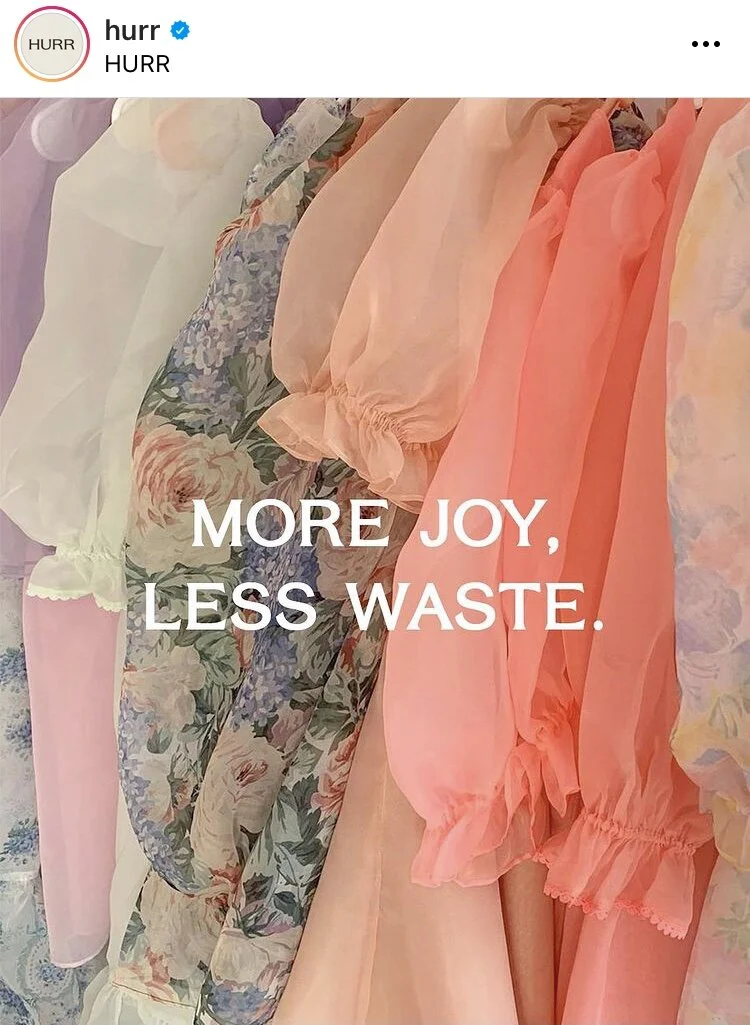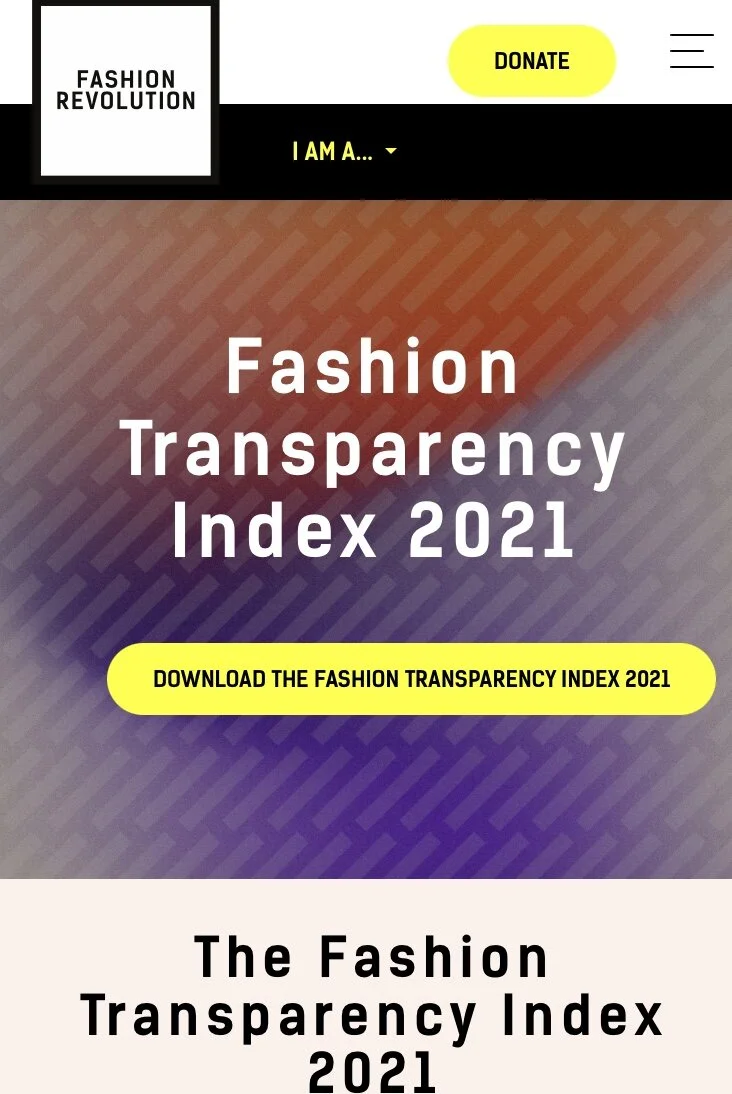Top Five Tips For Changing The Way We Consume Fashion by Scottish Designer Hayley Scanlan
Climate change and nature loss are the greatest threats facing the world’s population. They are not a distant, far away problem: it is here in Scotland and we’re seeing the impact already. While we’re making strides to tackle climate change, we must do more.
One of the ways that we contribute to climate change in our everyday lives is through our consumption of goods. A staggering 80% of Scotland’s carbon footprint comes from the materials, goods and services that are produced, used and then often disposed of after just using only once.
If we can keep existing materials in circulation for longer then we can significantly help to reduce our carbon footprint and help Scotland meet its net zero target.
Here are my top tips to help move Scotland from a ‘take, make and dispose’ economy to a ‘re-use, repair and recycle’ circular economy, while still supporting businesses:
1. GO SLOW
Purchase from slow fashion brands. At H.S we pride ourselves on being a slow fashion brand - each piece is handmade in Scotland using quality materials and biodegradable packaging and any excess material is recycled into zero waste clothing. This helps keep carbon emissions low which is vital in tackling the climate crisis.
Hood says;
Other Scottish brands who make to order, include Olivia Rose, Lillie Bell, Totty Rocks, Judy R Clarke, and This is Unfolded. Beira uses fabric remnants to create their coats and jackets while Edinburgh boutique, Treen only stocks ethical vegan brands - meaning you can shop in confidence.
2. RENT
If you’re unable to purchase from a slow fashion brand, use fashion rental sites such as Hurr or By Rotation, or see if you can borrow the item from a family member or friend, to help create a circular economy.
Hood says;
Stirling-based Sioda runs a service where eco-conscious shoppers can rent clothing from high street brands including; Reiss, Whistles, French Connection, Hobbs, Coast and Jaeger in sizes ranging from 4 to 24.
3. SWAP, SELL OR DONATE
Organise a ‘clothes swap’ event with your friends to exchange items. This is a fantastic way to keep items in circulation for longer. Any leftover items can be donated to a second-hand facility.
Hood says;
A new report from BoF Insights recently revealed that just 5 to 7 percent of resaleable fashion is currently being bought and sold on resale platforms, like eBay, Depop and Vinted resulting in an estimated $2.1 trillion of fashion sitting untapped in wardrobes around the world. If you won’t wear something again try selling it on.
4. GET INVESTED
Invest in timeless, versatile pieces which will last a lifetime and can also be worn in a variety of different ways.
Hood says;
Create Pinterest boards using imagery from the 50s, 60s, 70s… to see which clothes don’t date. Watch classic TV and movies, where the fashion looks as good today as it did then. This is a strong indicator of pieces that will stand the test of time. Take inspiration from celebrities who always make the best dressed lists but rarely stray from their classic style path, like Jennifer Aniston, Sofia Coppola, Diane Kruger, Isabelle Huppert, Thandiwe Newton and Marion Cotillard. When you do splurge make sure it’s on something you truly love.
5. EDUCATION
Learn more about what constitutes a quality garment – most likely if it’s a bargain it will be low quality and made unethically. The production of such items also results in greenhouse gasses being emitted and wastes a huge amount of water and energy.
Hood says;
Many of the bigger high street brands now pledge to do better in terms of their ethical and sustainability credentials. But if you are serious about only choosing green brands you might have to be prepared to do your research. Two great resources for this are Fashion Revolution’s Transparency Index and Good on You.
With the UN Climate Change Conference (COP26) taking place in Glasgow this November, we all need to take action now. To find out what we can all do, visit: www.netzeronation.scot





